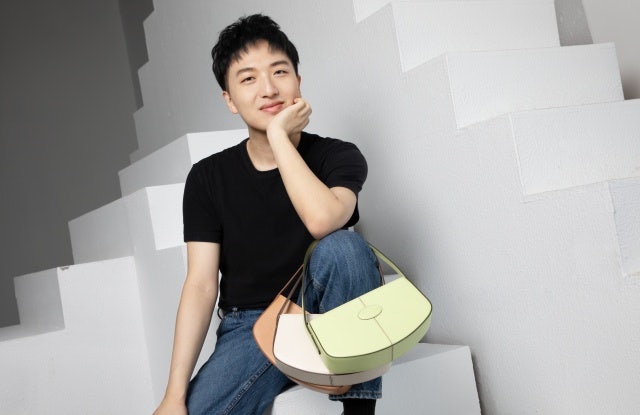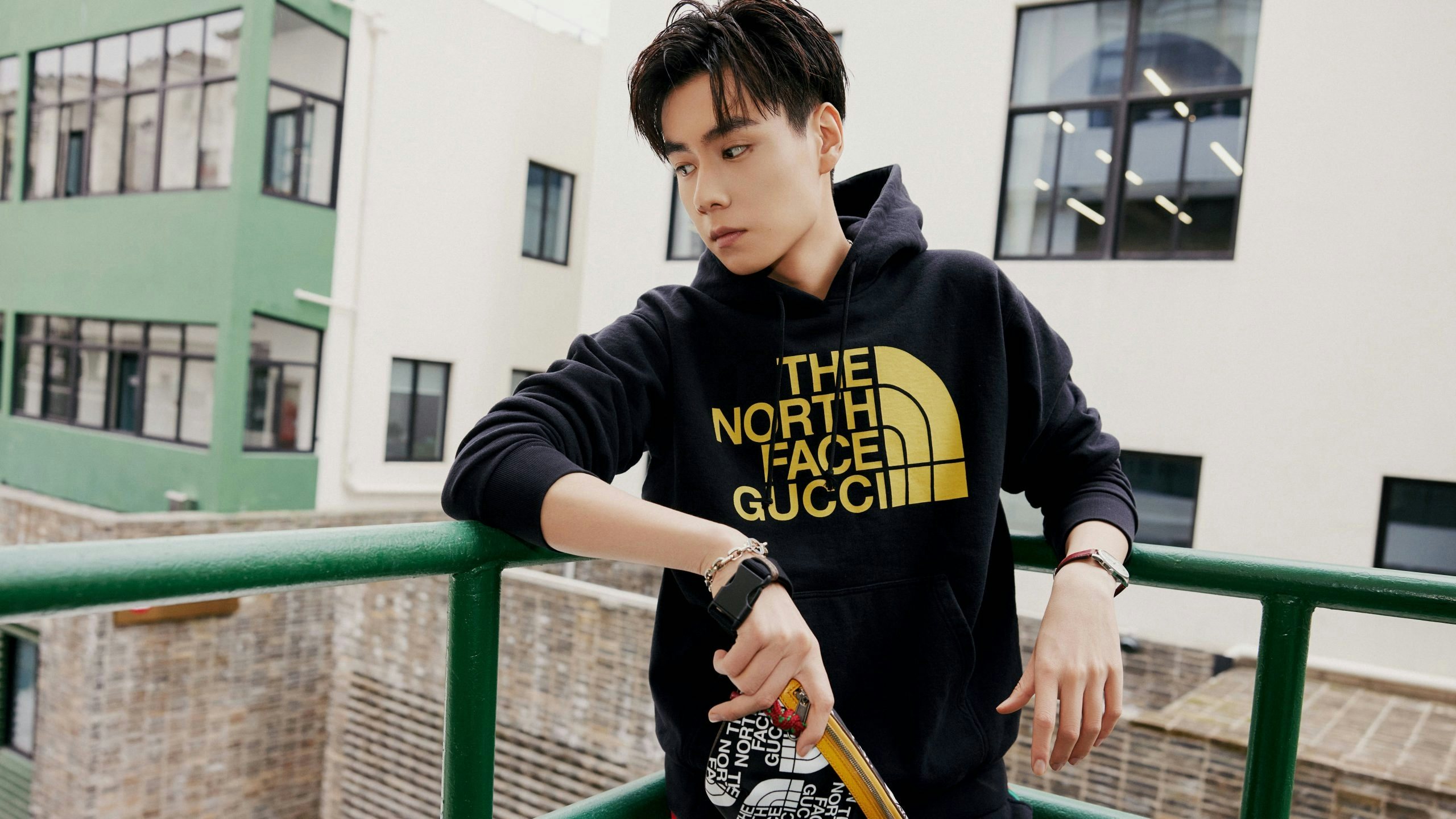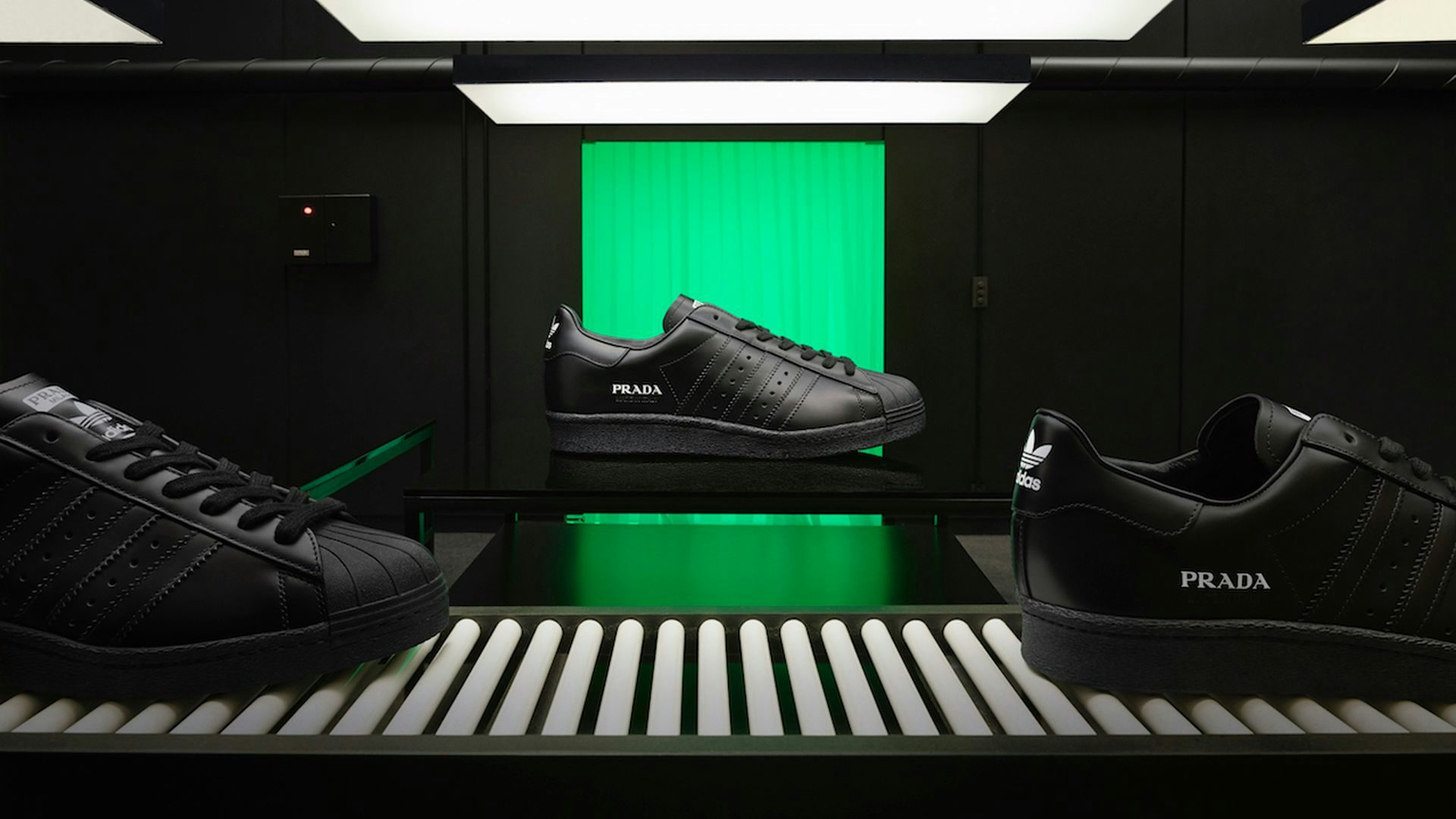Key Takeaways:#
The Gucci x The North Face collection, which is receiving widespread social media attention in China, resonated by portraying an ‘urban hiker’ style.
Chinese consumers now want to mix and match Western luxury brands with Chinese labels to create a unique local culture that defines their personalities.
The resale market in China may be lagging behind other international markets. But the rapid success of Chinese online platforms selling used luxury goods might point to a growing trend of mixing vintage with new luxury.
If executives were to probe Chinese consumers on why they buy luxury brands, their responses would most likely confirm what they already know (or think they know). But are they missing a bigger picture?
Let’s consider Songxin, a 24-year-old marketing executive. She is the proud owner of a Gucci bag, which she combines with items purchased from fast-fashion e-tailer Shein. Songxin is logo conscious and driven by the need to “stand out” — but she also wants to “fit in.”
Similarly, Rui, a 28-year-old marketing manager who owns the same Gucci bag, combined it with items bought at fashion retailers like Zara & H&M. Rui is primarily motivated by identity: In other words, the need to create “the right look” to reflect her personality.
As we can see, despite their varying motivations for buying luxury brands, consumers like Songxin and Rui share the common practice of mixing and matching. It’s a phenomenon that has, in turn, created a new market space. The blurring and overlapping boundaries between luxury and fashion brands redefine the competitive context. As such, luxury brands now compete indirectly and co-exist with non-luxury brands.
Those luxury brands rightly seek exposure with new consumers. In China, they are trying to appeal to a younger fashion-conscious target via more affordable diffusion brands. Meanwhile, collaborations with sports and streetwear labels have enabled luxury brands to mix and match exclusivity with desirability.
However, the practice of mixing and matching goes beyond the traditional realms of fast and casual fashion. Consumers continue to search for new sources of self-expression, and social media has become practically a laboratory for experimentation. The following three examples show that new luxury codes reflect the consumer desire to mix and match aspiration with inspiration.
First, the Chinese consumer demand for mix and match high-end fashion with functional gear meant for exploring the outdoors is a new trend that was unimaginable several years ago. The Gucci x The North Face collection, which is receiving widespread social media attention in China, resonated by portraying an ‘urban hiker’ style.
Second, Chinese consumers now want to mix and match Western luxury brands with Chinese labels to create a unique local culture that defines their personalities. Because of this trend, numerous luxury brands have flocked to launch limited editions with one of China’s most prolific KOLs and an expert in Western luxury, Mr. Bags.

And finally, we are seeing an increased interest in mixing and matching second-hand/vintage luxury items with new luxury brands. The resale market in China may be lagging behind other international markets, but the rapid success of Chinese online platforms selling used luxury goods, such as Plum, might point to a growing trend. Meanwhile, Alexander McQueen’s collaboration with the Vestiaire Collective and Burberry’s partnership with The RealReal are examples of how vintage mixing and matching is evolving in China.
A mixing and matching strategy can allow luxury brands to control the narrative in an increasingly disruptive market. However, brands should be cautious before jumping on the mix-and-match bandwagon. Executives need to ask themselves if it is a fit with the brand’s existing or desired image. Brand erosion is a risk here, as luxury brands do not want the wrong kind of consumer wearing their brand. Nevertheless, mixing and matching is no longer a fad but a code for both status and identity. As such, luxury brands will need to navigate a mix-and-match strategy or risk getting left behind.
Glyn Atwal is an Associate Professor at Burgundy School of Business (France). He is co-author of Luxury Brands in China and India (Palgrave Macmillan).


